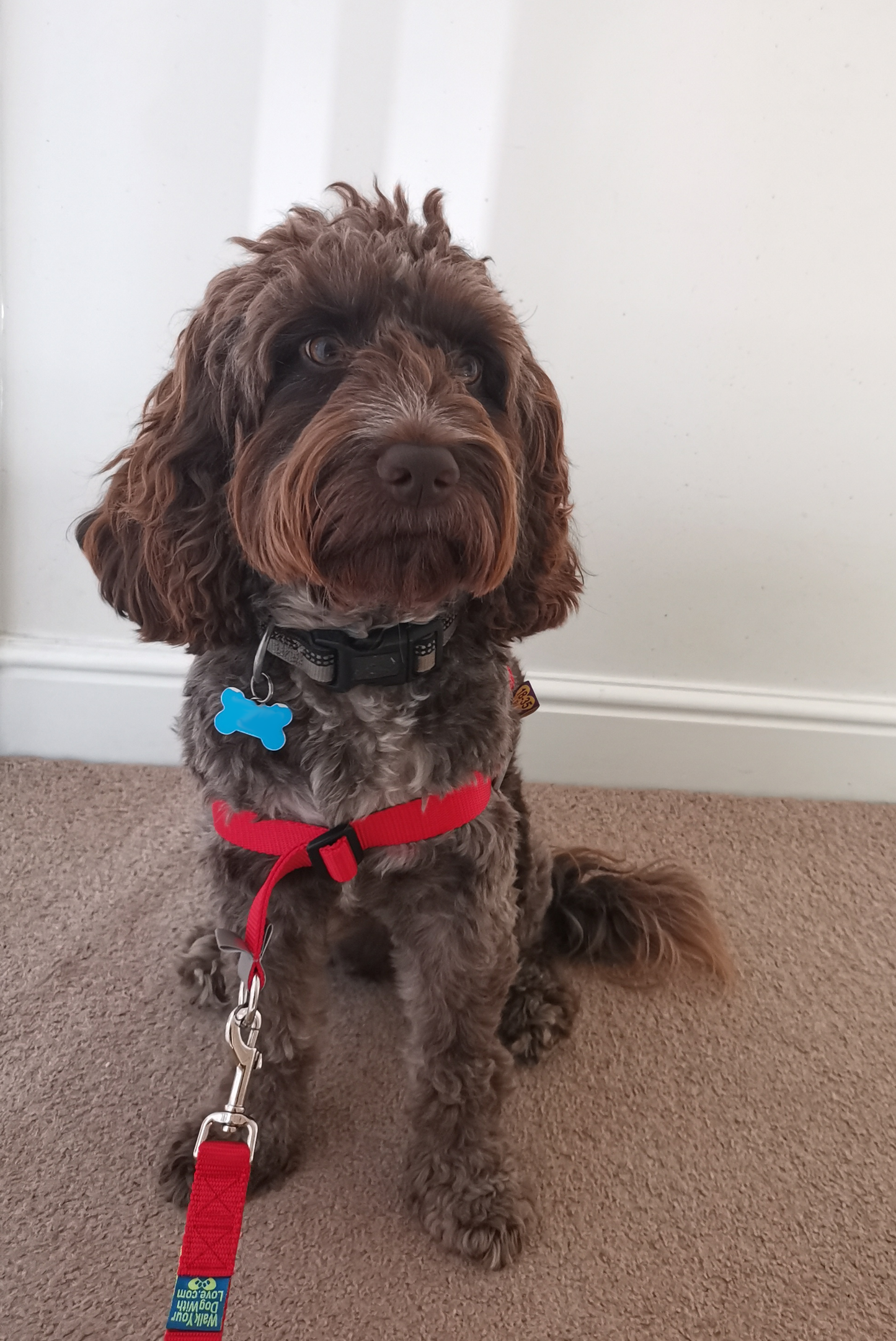Training your dog is one of the most important aspects of pet ownership. A well-trained dog is not only a joy to live with but also safer and happier. Effective training builds a strong bond between you and your dog and helps them understand what is expected of them. Here are some essential dog training tips to help you get started.
1. Start Early
The best time to begin training your dog is as soon as you bring them home. Puppies are especially receptive to learning new things, but adult dogs can also be trained effectively. Early training helps set the foundation for good behavior and prevents the development of bad habits.
2. Use Positive Reinforcement
Positive reinforcement is one of the most effective training methods. Reward your dog with treats, praise, or playtime whenever they perform a desired behavior. This encourages them to repeat the behavior in the future. Avoid using punishment, as it can lead to fear and anxiety, which can hinder the training process.
3. Be Consistent
Consistency is key to successful dog training. Use the same commands and rewards every time you train. Make sure all family members are on the same page and use the same techniques to avoid confusing your dog. Consistent training helps your dog understand what is expected of them and reinforces good behavior.
4. Keep Training Sessions Short and Fun
Dogs have short attention spans, especially puppies. Keep training sessions brief, around 5-10 minutes, and end on a positive note. Make training fun by incorporating play and treats. This keeps your dog engaged and excited to learn.
5. Focus on Basic Commands First
Start with basic commands such as sit, stay, come, and down. These commands are the building blocks of good behavior and can help manage your dog in various situations. Once your dog has mastered these basics, you can move on to more advanced training.
6. Socialize Your Dog
Socialization is an important part of training. Expose your dog to different people, places, and other animals to help them become well-adjusted and confident. Proper socialization can prevent behavioral issues such as aggression and fearfulness. Make sure each new experience is positive and rewarding for your dog.
7. Use Clear and Simple Commands
Use clear, simple commands that are easy for your dog to understand. Avoid using long or complex phrases. Stick to one-word commands like "sit," "stay," "come," and "down." Speak in a calm, assertive tone to convey your instructions clearly.
8. Be Patient and Persistent
Training takes time and patience. Some dogs learn quickly, while others may take longer to grasp certain commands. Stay patient and persistent, and avoid becoming frustrated. Celebrate small victories and understand that setbacks are part of the learning process.
9. Address Unwanted Behaviors Immediately
If your dog exhibits unwanted behaviors, address them immediately. Ignoring bad behavior can lead to it becoming a habit. Use redirection to guide your dog toward appropriate behavior. For example, if your dog is chewing on furniture, redirect them to a chew toy and praise them for using it.
10. Enroll in a Training Class
If you're struggling with training or want professional guidance, consider enrolling your dog in a training class. Professional trainers can provide valuable insights and techniques tailored to your dog's specific needs. Training classes also offer a controlled environment for socialization and learning.
Conclusion
Training your dog is an ongoing process that requires time, patience, and consistency. By using positive reinforcement, staying consistent, and keeping training sessions fun, you can help your dog become a well-behaved and happy companion. Remember, the effort you put into training will pay off in a stronger bond and a more enjoyable life with your furry friend. Happy training!










